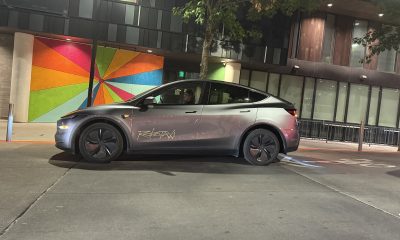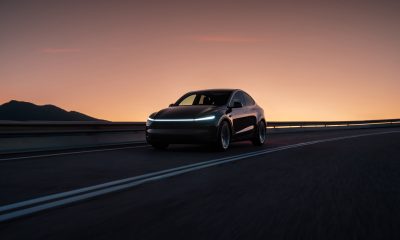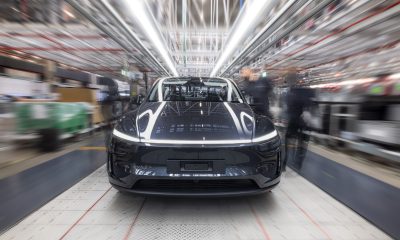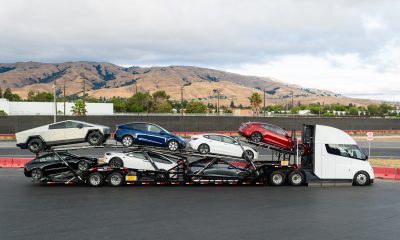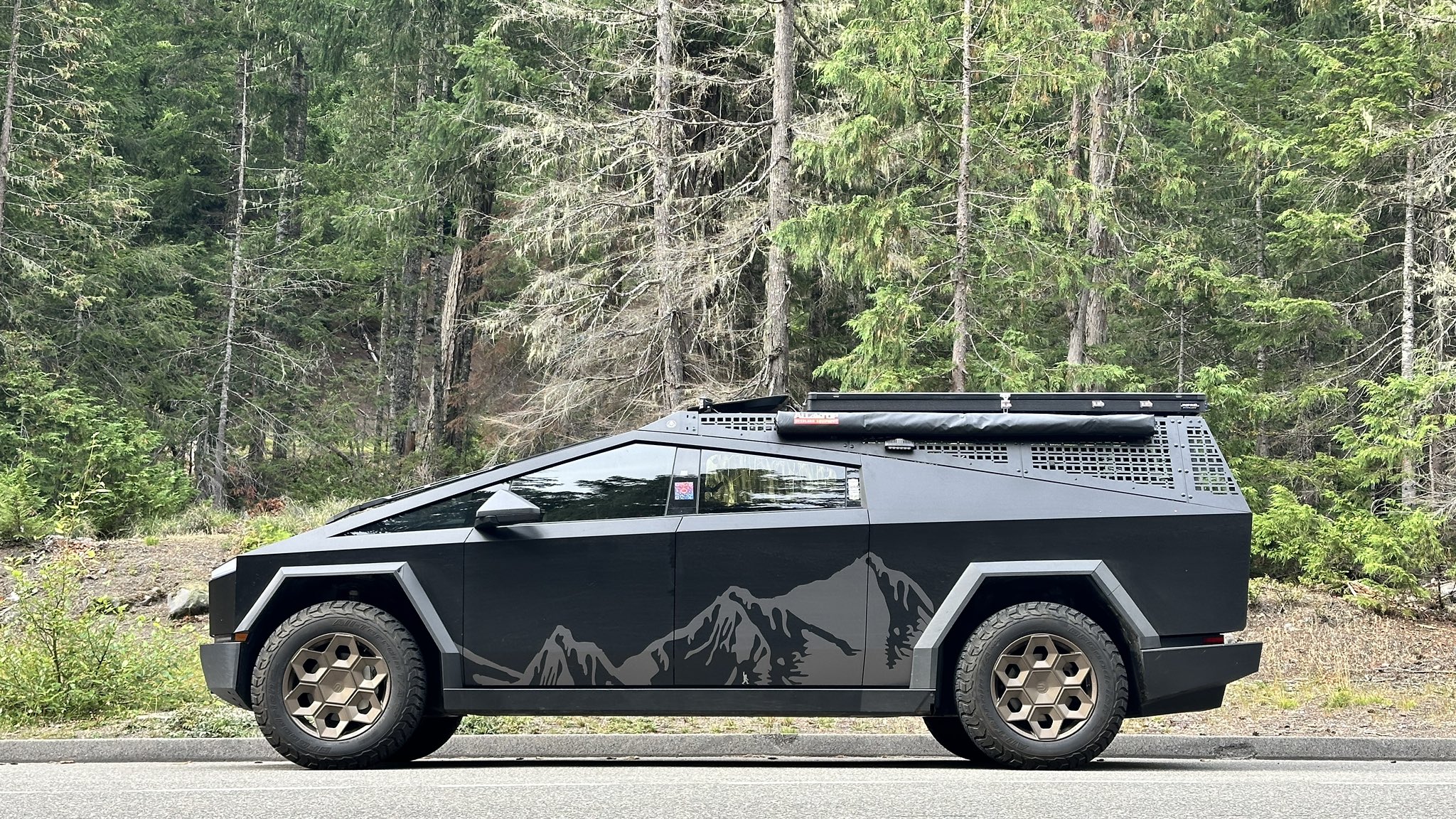
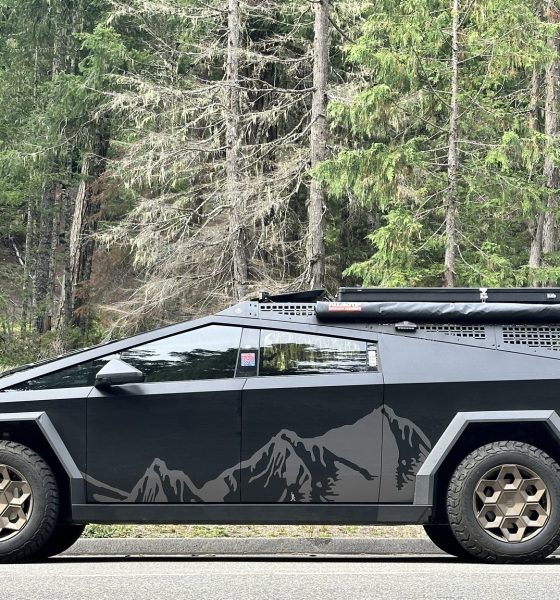
News
Tesla Cybertruck is US’ 3rd best-selling EV in Q3, behind Model 3 and Model Y
Cox Automotive data has revealed that the Tesla Cybertruck was the United States’ third best-selling electric vehicle in the third quarter of 2024. The all-electric pickup truck was just behind its two stablemates, the Model Y crossover and Model 3 sedan, which were the U.S.’ best and second-best-selling EVs in Q3 2024, respectively.
As could be seen in Kelley Blue Book’s Electric Vehicle Sales Report Q3 2024, Tesla remains the undisputed king of EVs in the United States, with 166,923 vehicles sold in the third quarter. Year-to-date, Tesla has sold 471,374 vehicles in the United States, accounting for 49.8% of the country’s electric vehicle sector.
Arguably the most surprising EV in Kelly Blue Book’s report was the Cybertruck, which sold 16,692 units in Q3 2024 and 28,250 year-to-date. These results make the Cybertruck the third best-selling EV in the United States in Q3 2024. It also makes the Cybertruck quite dominant in the battery electric pickup truck segment.
NEWS: Tesla's Cybertruck was the third best-selling EV in the U.S. in Q3 2024, overtaking the Ford Mustang Mach-E. The Cybertruck also sold more than 2.3x more units than the Ford F-150 Lightning, according to Cox Automotive data.
The Model Y and Model 3 were #1 and #2. pic.twitter.com/wewqp0iKjY— Sawyer Merritt (@SawyerMerritt) October 14, 2024
For context, the Ford F-150 Lightning, Rivian R1T, and Chevrolet Silverado EV sold 7,162, 3,817, and 1,995 units in the third quarter, respectively. This means that the Cybertruck, with its sales of 16,692 units in Q3, outsold its three biggest rivals combined during the quarter. That’s not bad at all for a vehicle that is constantly criticized and mocked in the news and social media.
The U.S.’ EV segment is completely dominated by the Model Y crossover, which sold 86,801 units in Q3 2024. Year-to-date, the Model Y’s U.S. sales were tracked at 284,831 units, which means that the all-electric crossover accounts for 30.1% of the United States’ electric vehicle sector on its own. This is especially impressive considering that some buyers may be waiting for a potential update to the Model Y, similar to the Model 3’s “Highland” update.
Following the Model Y was the Tesla Model 3 sedan, which sold 58,423 units in the third quarter. Year-to-date, a total of 131,975 Model 3 sedans were sold in the United States. While this number is notably lower than the Model Y’s sales, it does highlight the the momentum of the reengineered Model 3, which has received rave reviews from professionals and consumers alike. It should also be noted that the Model 3 is only produced in the Fremont Factory and Giga Shanghai, unlike the Model Y, which is produced in the Fremont Factory, Giga Shanghai, Gigafactory Texas, and Gigafactory Berlin.
Kelley Blue Book’s Electric Vehicle Sales Report Q3 2024 can be viewed below.
Kelley Blue Book EV Sales Report Q3 2024 Revised 10-14-24 by Simon Alvarez on Scribd
Don’t hesitate to contact us with news tips. Just send a message to simon@teslarati.com to give us a heads up.
Elon Musk
Tesla looks to expand Robotaxi geofence once again with testing in new area
It looks as if Tesla is preparing for its next expansion of the geofence, potentially moving toward a much larger service area that could eclipse 150 square miles.

Tesla looks to be preparing for the potential expansion of the Robotaxi geofence once again, as the company was spotted testing the suite in an area well outside of the Austin service area.
After it first launched the Robotaxi platform on June 22, Tesla has managed to expand its geofence twice, essentially doubling the travel area both times.
The most recent expansion took the size of the geofence from 42 square miles to about 80 square miles, bringing new neighborhoods and regions of the city into the realm of where the driverless vehicles could take passengers.
However, it looks as if Tesla is preparing for its next expansion of the geofence, potentially moving toward a much larger service area that could eclipse 150 square miles.
Over the weekend, one fan noticed a Robotaxi validation vehicle testing in Bee Cave, Texas, which is roughly 25 minutes from the edge of the current geofence:
Tesla spotted doing Robotaxi validation testing in Bee Cave, Texas, about 15 miles west of Austin (20-25 minute drive from current edge of geofence). pic.twitter.com/JCOcoys8SJ
— Sawyer Merritt (@SawyerMerritt) August 23, 2025
Tesla has been testing vehicles in the western suburbs of Austin for some time, and it seems the company is laying some groundwork to push its geofence expansion into Plaid Mode as competition with Waymo continues to be at the forefront of the conversation.
Waymo has been expanding with Tesla for some time, as the pace of expansion for the two companies has been relatively accelerated for the past couple of months.
Tesla’s expansions of the geofence sent a clear message to competitors and doubters, but it is still aiming to keep things safe and not push the envelope too quickly.
The geofence expansion is impressive, but Tesla is also focusing on expanding its vehicle fleet in both Austin and the Bay Area, where it launched a ride-hailing service in July.
Tesla Bay Area autonomous fleet to grow to over 100 units: Elon Musk
Still, safety is the priority at the current time.
“We are being very cautious. We do not want to take any chances, so we are going to go cautiously. But the service areas and the number of vehicles in operation will increase at a hyper-exponential rate,” CEO Elon Musk said during the Q2 Earnings Call.
News
Tesla considers making a big move with Model Y pricing as demand is skyrocketing
“Trending toward a need to expedite output even further, which could mean adjusting pricing upward in the coming days. Trying hard not to, will see.”
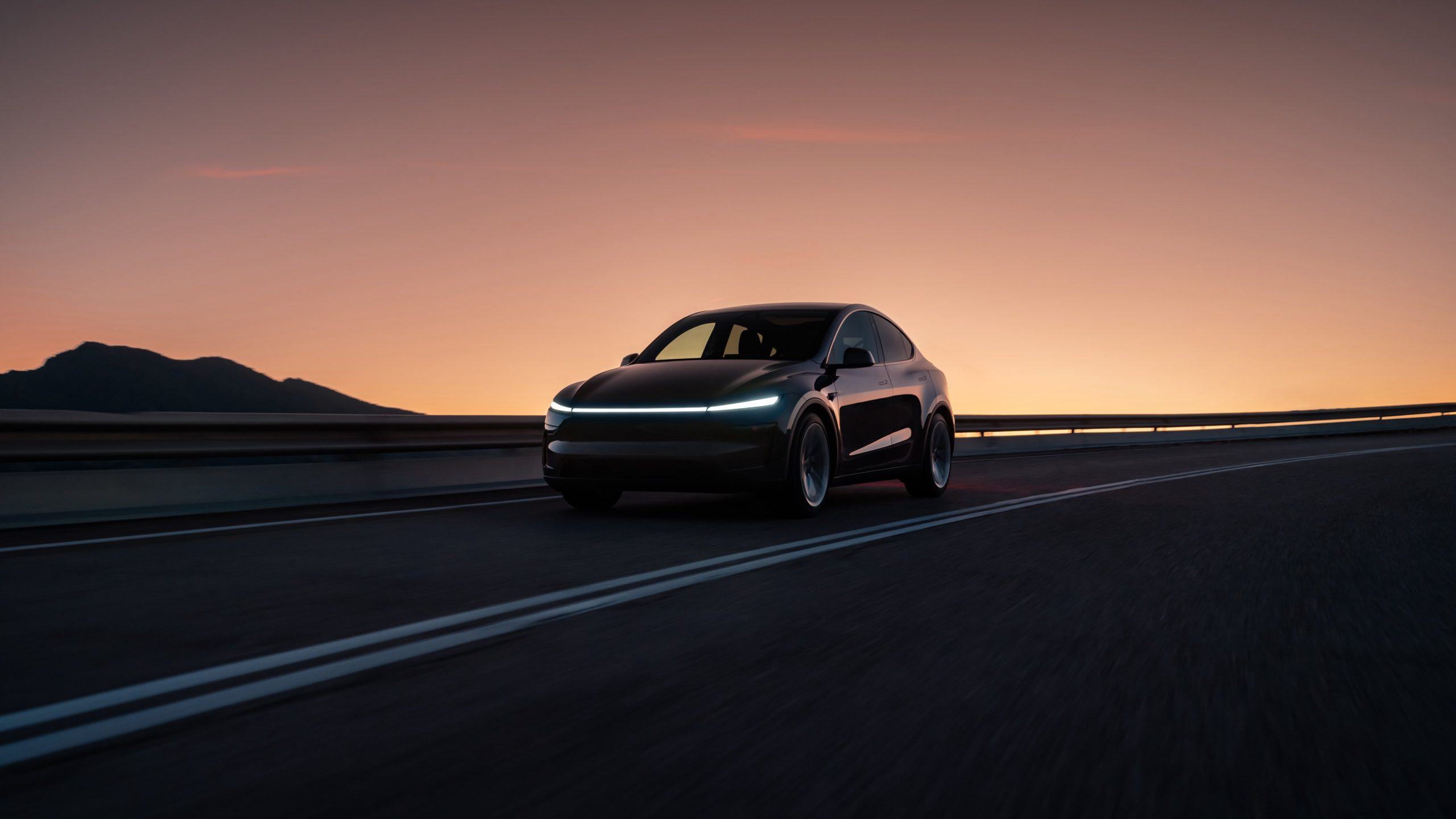
Tesla is considering making a big move with Model Y pricing as demand is skyrocketing due to the EV tax credit expiring in just over a month.
With the $7,500 EV tax credit set to be removed on September 30, Tesla is experiencing increased demand for its Model 3 and Model Y. Customers are doing whatever they can to take delivery of the car they ordered as soon as possible.
The IRS recently adjusted the EV tax credit’s rules slightly.
Previously, the vehicle had to be delivered by September 30, but a slight tweak the agency made last week will now allow customers to enter a legally binding contract along with a marginal down payment by that date. The delivery can occur after September 30, and the car can still qualify for the credit.
However, demand is getting so crazy for the Model Y that Tesla is considering a price increase on the all-electric crossover, as well as a potential boost in production output to keep up with orders.
Inventory is dwindling in several markets across the United States, a good sign for the company, as it could have one of its best quarters in recent history in terms of deliveries.
However, Tesla is thinking of bumping the price slightly, Raj Jegannathan, the company’s VP of IT, AI Infrastructure, Apps, Infosec, and Vehicle Service Operations, said on X:
Trending toward a need to expedite output even further, which could mean adjusting pricing upward in the coming days. Trying hard not to, will see.
— Raj Jegannathan (@r_jegaa) August 25, 2025
The price adjustment would come as a response to increasing production output, Jegannathan’s response seems to indicate.
The bump would help Tesla’s margins, but the idea that the company could adjust pricing by increasing it would not be popular with potential car buyers. It might encourage some buyers to put their orders in sooner, hoping to avoid a new, higher price.
However, it could also steer some buyers away from putting an order in on a vehicle, especially if the price increase is more than a few hundred dollars.
Tesla boosted the price of the Model S, Model X, and Cybertruck recently, but brought in a “Luxe Package” to help justify it.
It comes with Free Full Self-Driving, Free lifetime Supercharging, four years of premium service, and lifetime Premium Connectivity.
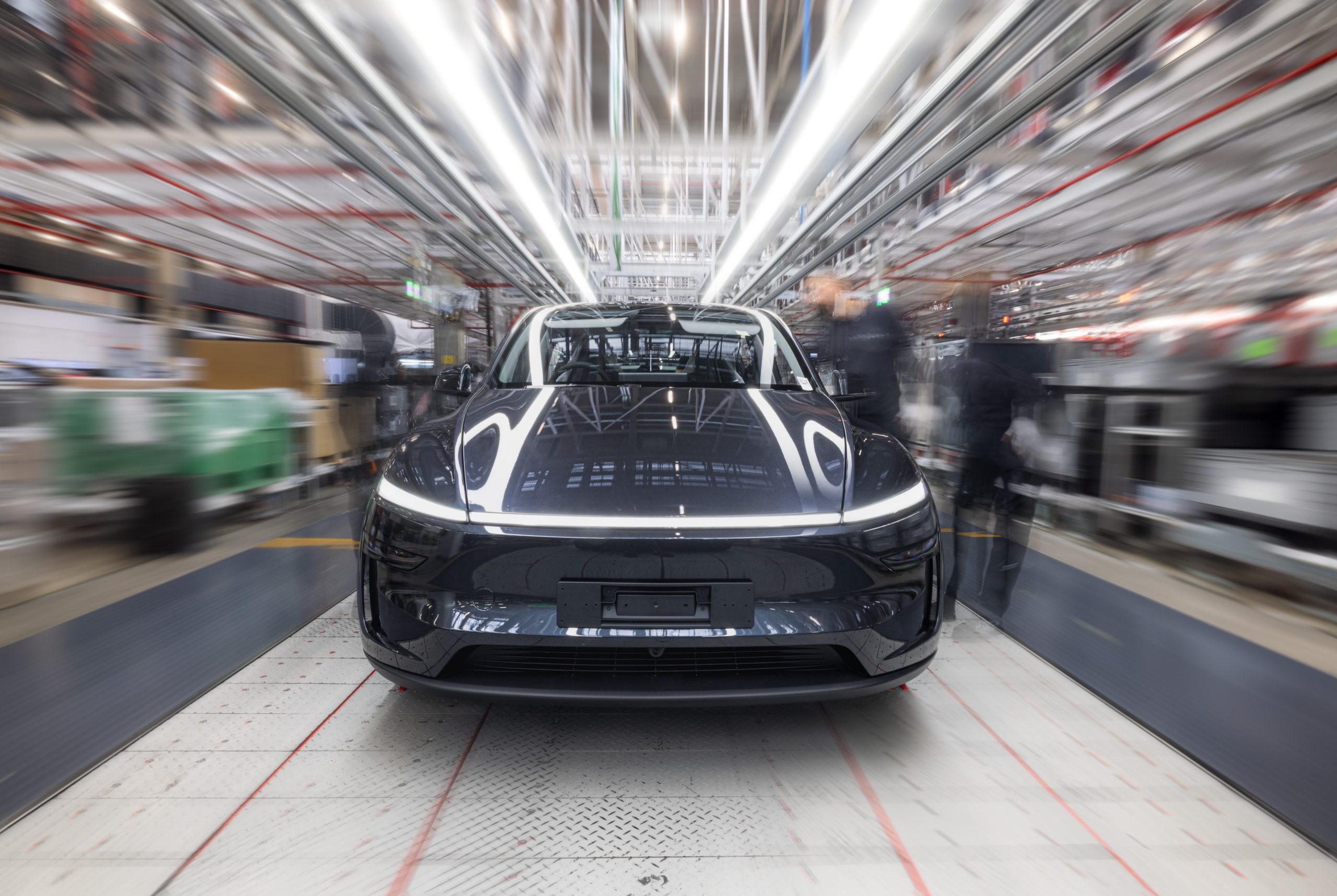
Tesla has produced its 100,000th new Model Y at Gigafactory Berlin. The milestone was announced by the electric vehicle maker through its official Tesla Manufacturing account on social media platform X.
New Tesla Model Y milestone
The milestone was announced by Tesla on X, when the company wrote “Today, we built the 100,000th New Model Y at Giga Berlin!” The announcement was accompanied by an image of a new Model Y coming off the line.
The milestone was received warmly by members of the Tesla community, many of whom expressed excitement at the further progress of the new Model Y program at Giga Berlin. The facility, after all, only produces Model Y units, which would make it the perfect site to produce new variants like the Model Y Performance and possibly even the Model Y L, which was recently launched in China.
New Model Y ramp
As noted in a previous report from electrive, the initial production of the new Model Y started in Giga Berlin around mid-January 2025. Since the new Model Y involved a changeover from the legacy Y to the new variant, the ramp of the new Model Y’s production at the Germany-based facility was likely a gradual process over the past months.
It would then be no surprise if the next 100,000 new Model Y units would be produced in Giga Berlin in a shorter period. Giga Berlin could become an even bigger factor in Tesla’s global sales, after all, especially if it becomes the site that produces the Model Y Performance and the Model Y L for Europe and other territories. Giga Berlin, if any, seems to be quite busy recently, with aerial videos of the facility showing a fleet of mysteriously covered Model Y units being stored within the complex.
-
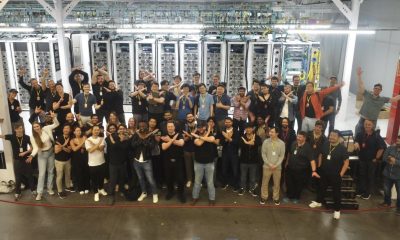
 Elon Musk3 days ago
Elon Musk3 days agoElon Musk takes aim at Bill Gates’ Microsoft with new AI venture “Macrohard”
-
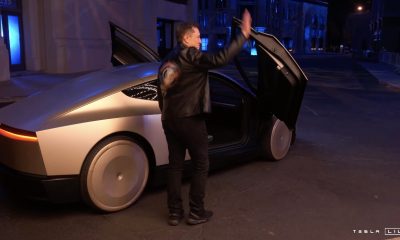
 Elon Musk7 hours ago
Elon Musk7 hours agoElon Musk argues lidar and radar make self driving cars more dangerous
-
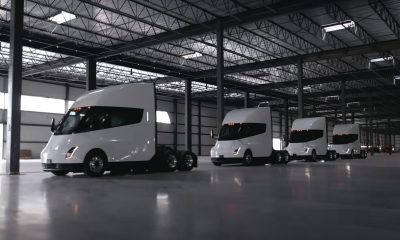
 News2 weeks ago
News2 weeks agoElon Musk reaffirms Tesla Semi mass production in 2026
-

 News1 week ago
News1 week agoTesla clarifies LA car carrier fire started in diesel semi, not EV batteries
-
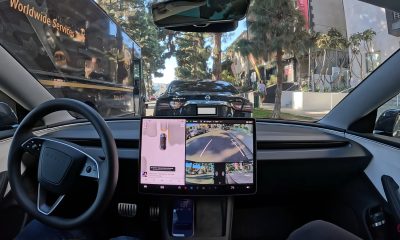
 News2 weeks ago
News2 weeks agoTesla FSD V14 gets tentative release date
-
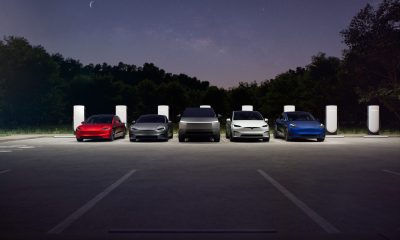
 Elon Musk2 weeks ago
Elon Musk2 weeks agoTesla warns consumers of huge, time-sensitive change coming soon
-
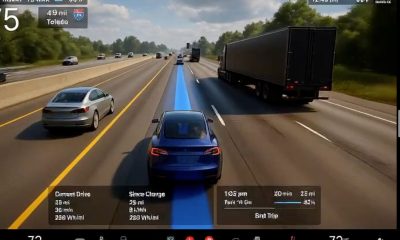
 News2 weeks ago
News2 weeks agoTesla plans to use Unreal Engine for driver visualization with crazy upgrade
-
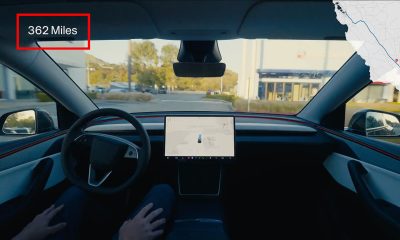
 News2 weeks ago
News2 weeks agoTesla flexes its most impressive and longest Full Self-Driving demo yet


